Alkali is a Hausa snack prepared with local ingredients by the Hausa people. It is a snack served to visitors, mostly during special occasions. Like at weddings, it is usually prepared in large quantities for the bride to welcome her visitors and well-wishers. There is a popular saying to it: “Alkaki da zuma sai Sarki” meaning Alkaki that is coated with honey is for kings. In this article, we will be looking at how to make an Alkaki Hausa snack.
Let’s go right into it!
Equipment for Making Alkaki
Ingredients for Making Alkaki
Wheat
Yoghurt/milk
Sugar/honey
Tamarind/lemon
Cooking oil/groundnut
Procedures for Making Alkaki
Step 1: Spread the wheat on a tray and hand-pick any unwanted substances in the wheat.
Step 2: Pound to reduce the chaff (optional). Then wash with water and spread to dry.
Step 3: Grind the wheat, not to powder form (i.e. quartz)
Step 4: Get the container and mix the grinded wheat with the yogurt, milk, and oil. Mix it to form a dough.
Step 5: Cover it for 3-5 hours.
Step 6: Mix it again, this time on the chopping board. Apply oil to avoid sticking.
Step 7: Mould to the desired shapes and cover them with a clean towel.
Step 8: Using a frying pan, cook the sugar in the desired quantity on a low flame.
Step 9: Stir well and add a pinch of diluted tamarind (tsamiya) or lemon to form a sugar solution.
Step 10: Keep it warm to avoid solidification.
Step 11: Fry the dough (Alkaki) using a frying pan on low flame. Allow it to turn golden color.
Step 12: Sieve it and immediately pour it inside the sugar solution. Allow for 3-5 minutes.
Step 13: Finally, pour it into a clean container and enjoy.
How to Serve Alkaki
It is served on a special plate, with sealed leathers customised just like other snacks. And again, you can serve your delicious Alkaki with a drink of your choice, e.g., Zobo, Ginger Drink, Kunun Aya, etc.
Occasions to Serve Alkaki
As earlier established, Alkaki is best served at weddings, Naming Ceremonies, Meetings, and even for Breakfast.
Alkaki could also be taken anytime regardless of period or time. For instance, I eat Alkaki any time I feel like it. It’s one of my favourite snacks.
How to Store Alkaki
Alkaki can be stored in containers (not air-tight). It can also be refrigerated.
However, if you chose to refrigerate your Alkaki, you are not to eat it as soon as you bring it out. You have to wait for some minutes for it to thaw.
The Nutritional Value of Alkaki
Alkaki is rich in carbohydrates, minerals (to maintain your body’s pH; it makes your bones strong, etc.), vitamins, and antioxidants that help prevent the body from certain cell damage.
Conclusion
If you carefully follow the steps stated above, indeed, you will have delicious Alkaki right in front of you, ready for consumption.
As you have all seen, it is very easy to make, delicious, yummy, and mouthwatering. It can also be prepared for sale in pastry stores.
This is all about how to make Alkaki Hausa snack. Good luck with making yours.
Don’t forget to share your experience with us in the comments section.
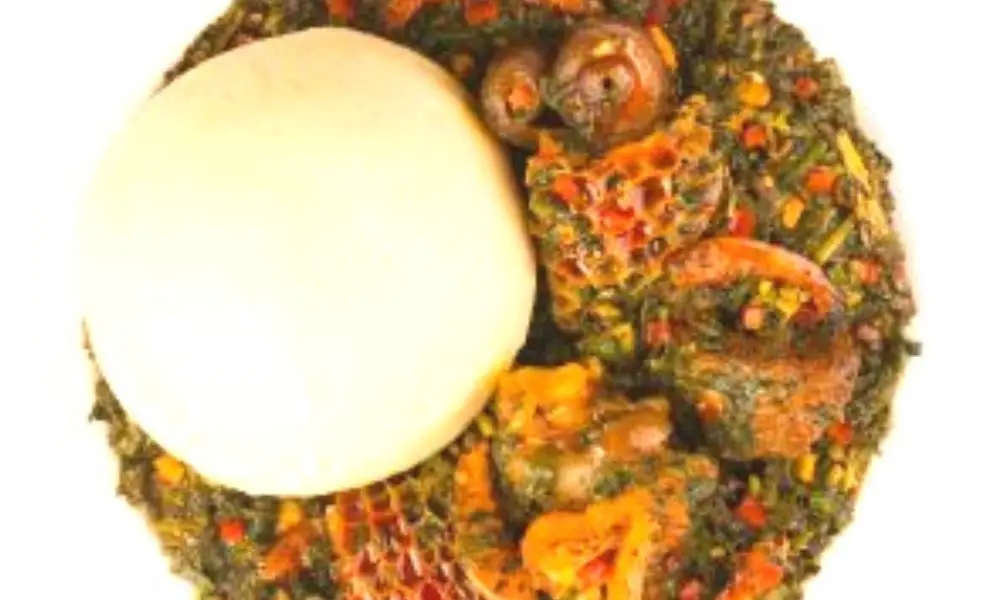


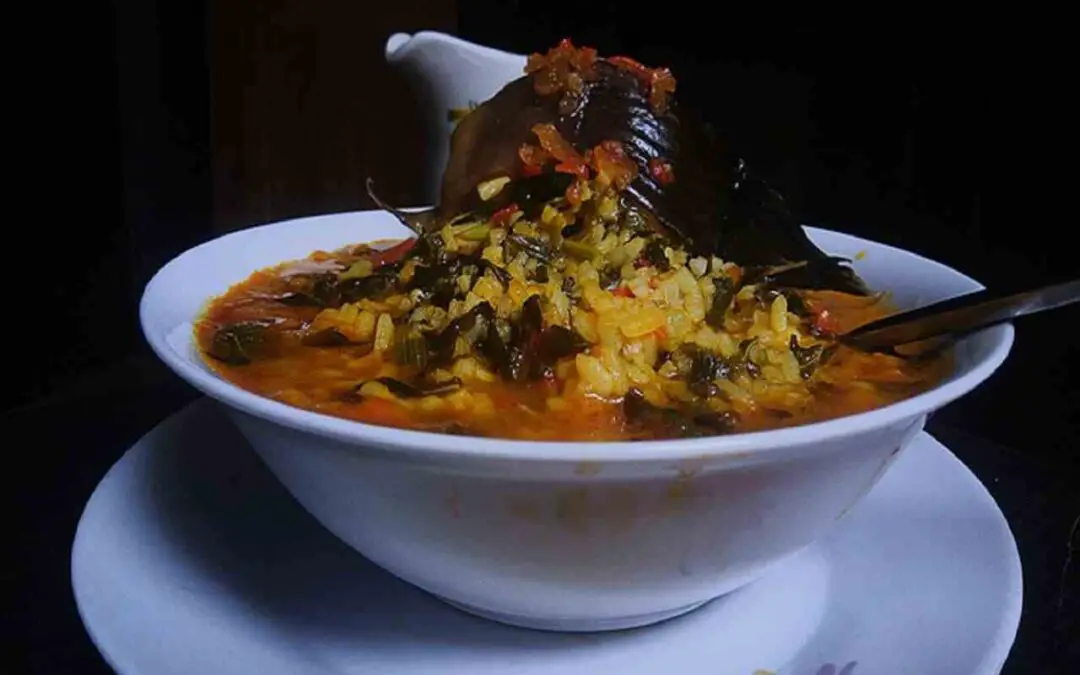
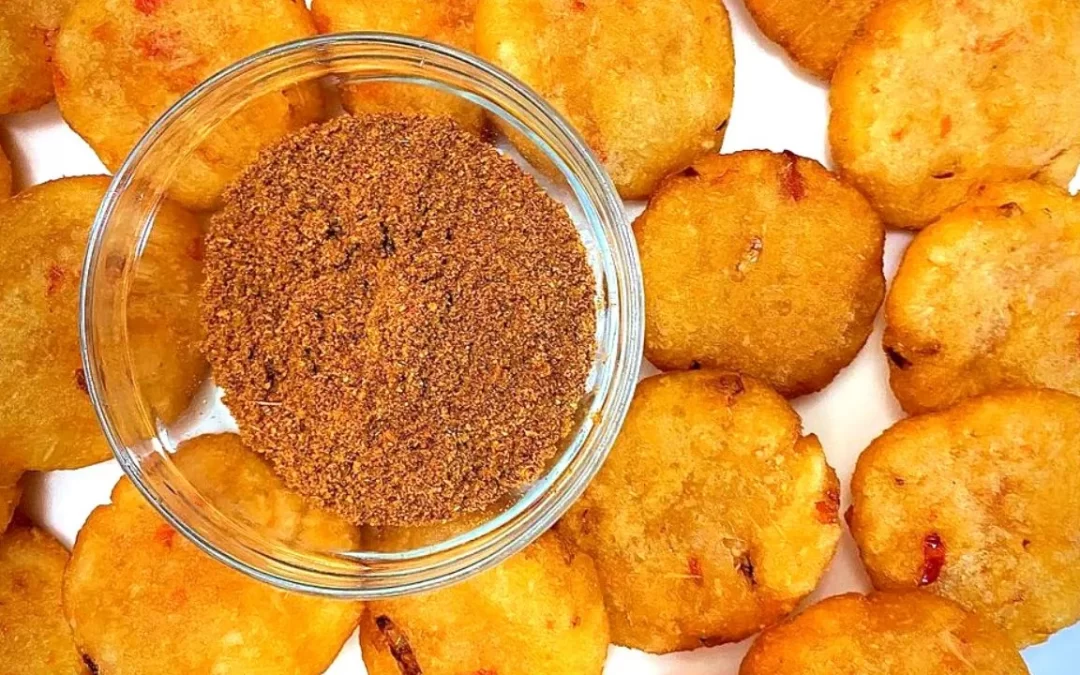
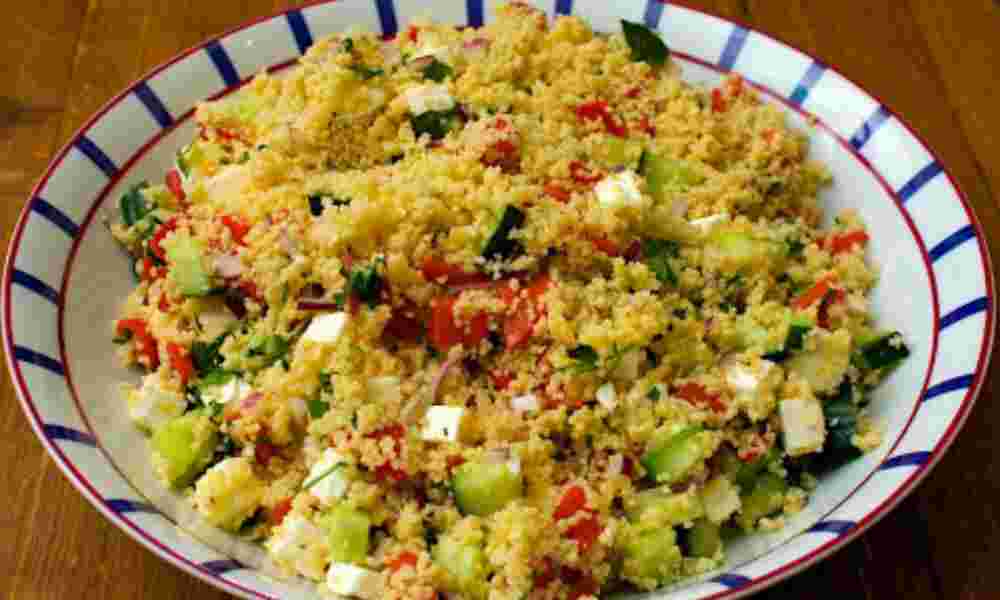



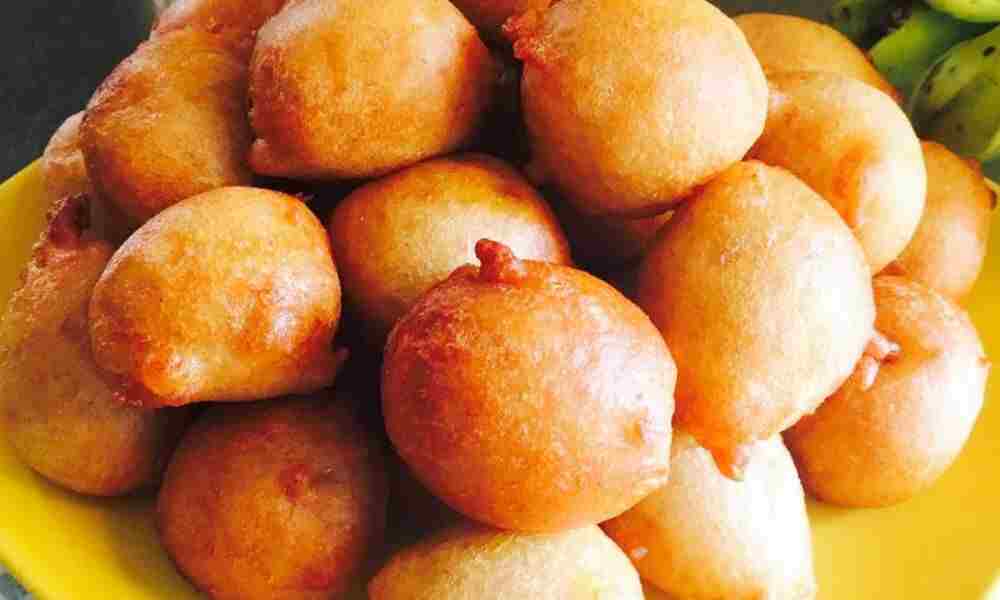
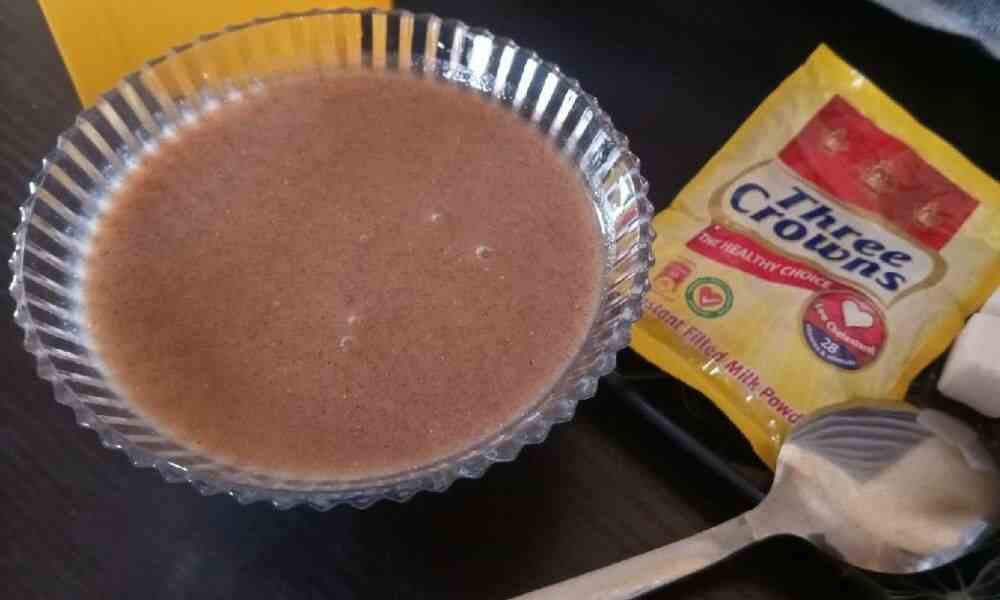
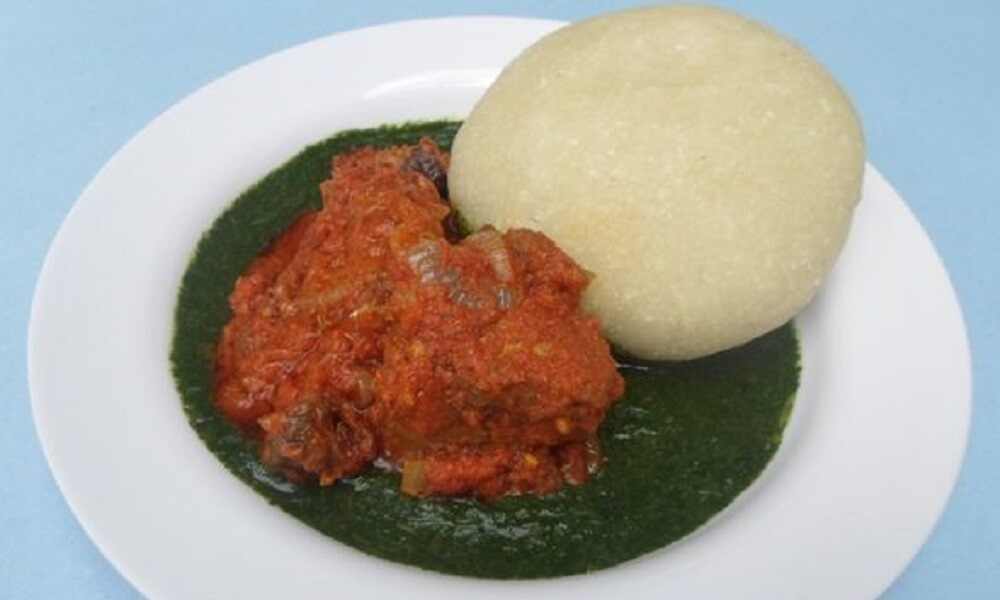
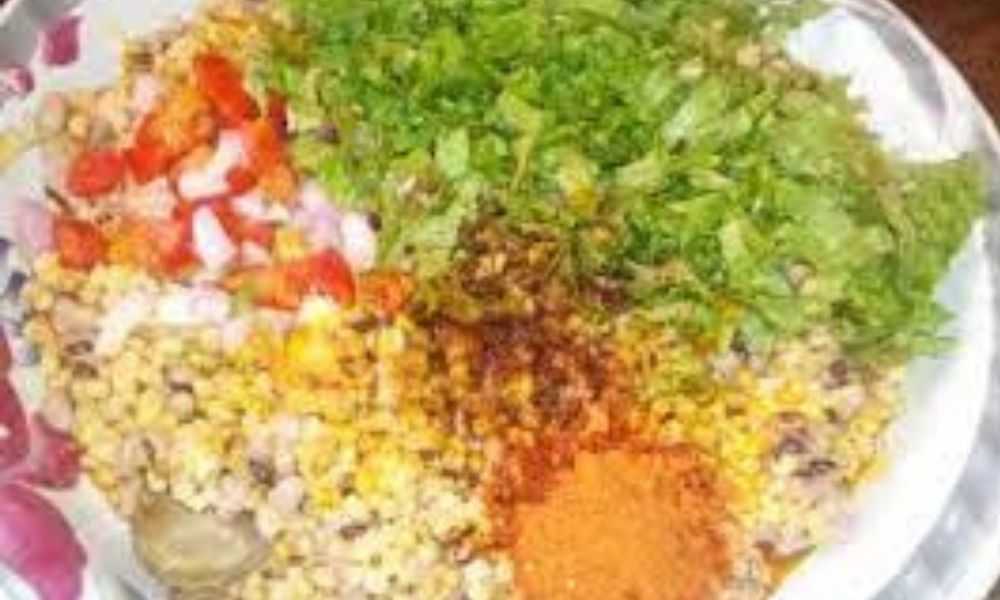
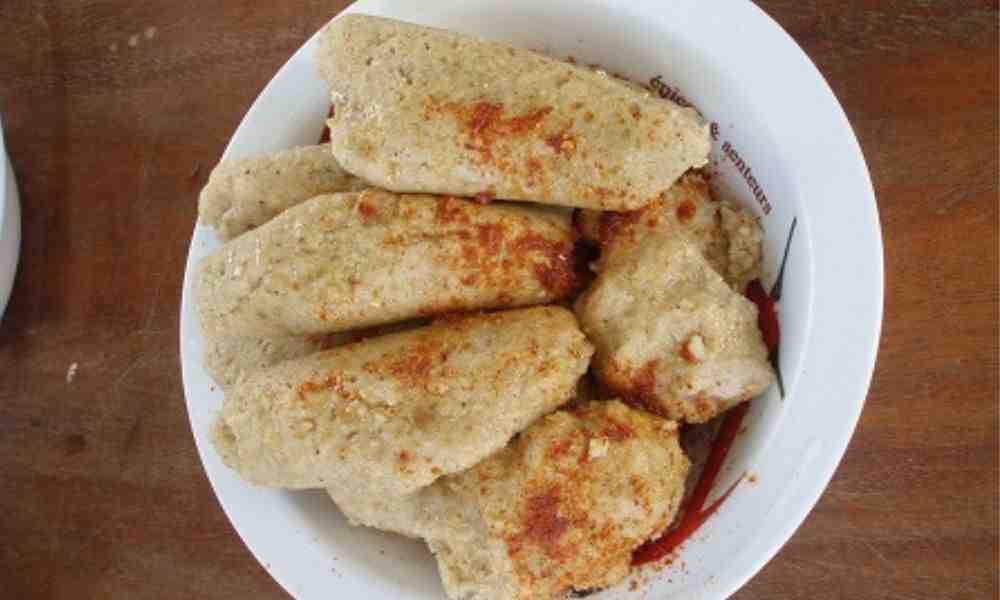
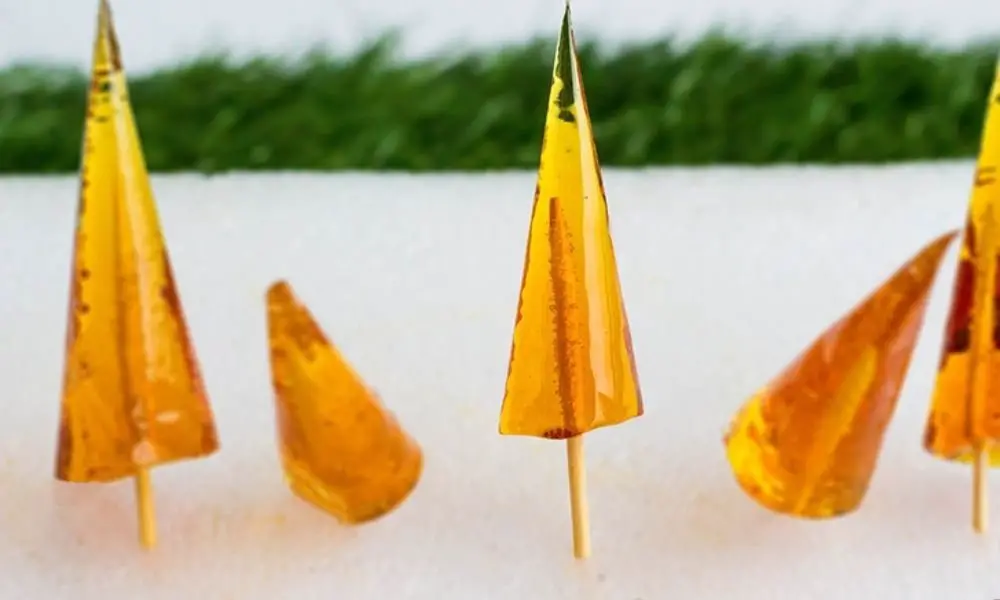
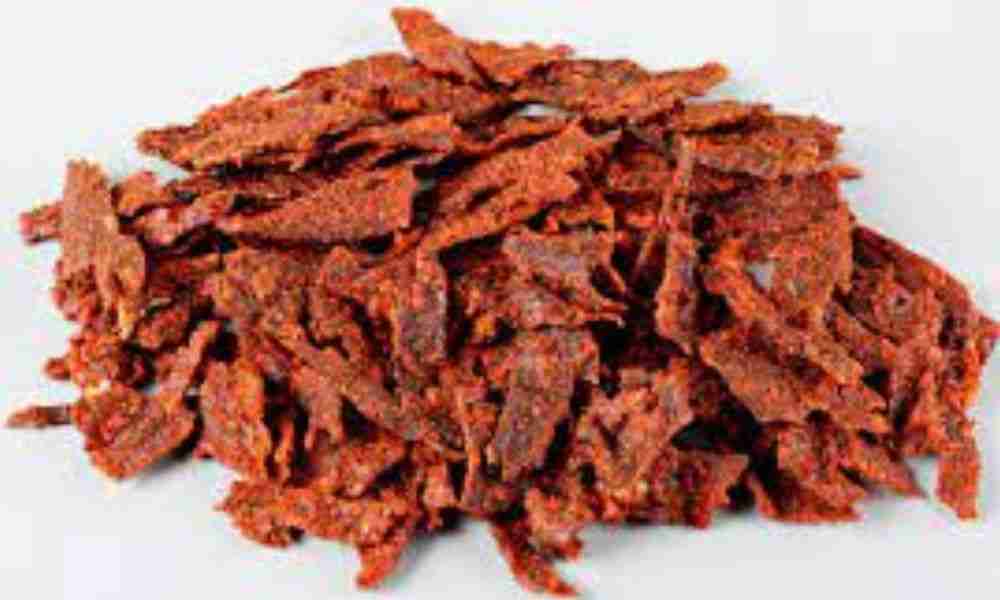
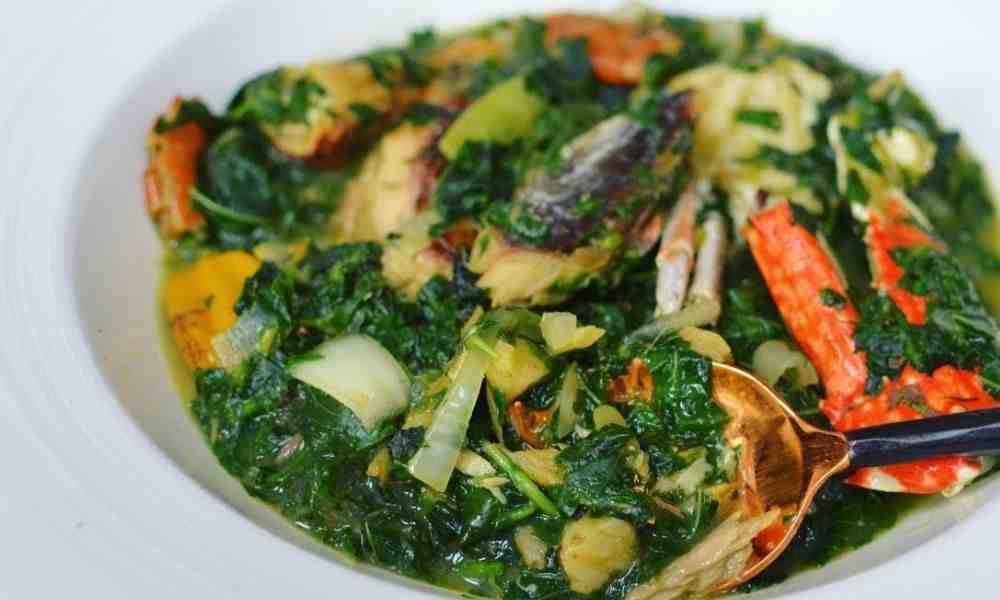
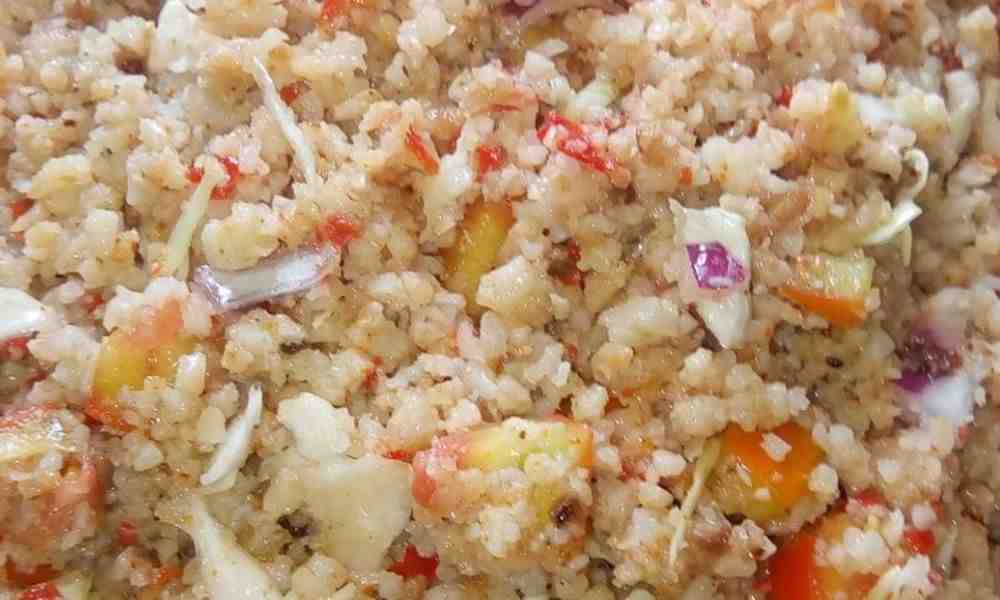
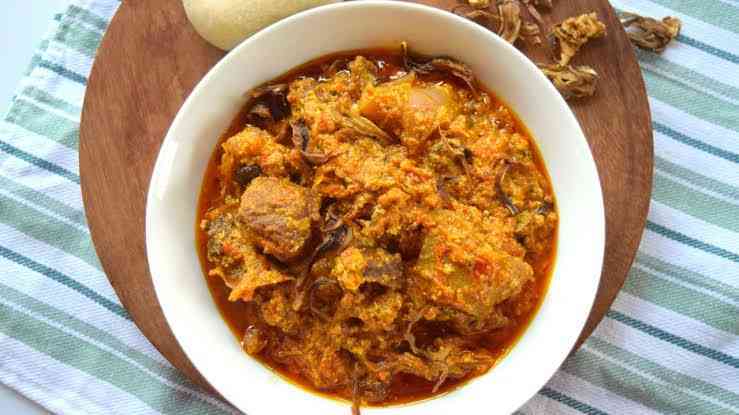
1 Comment